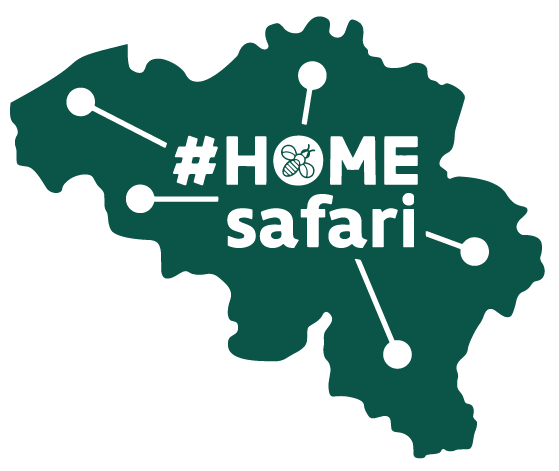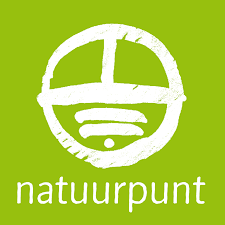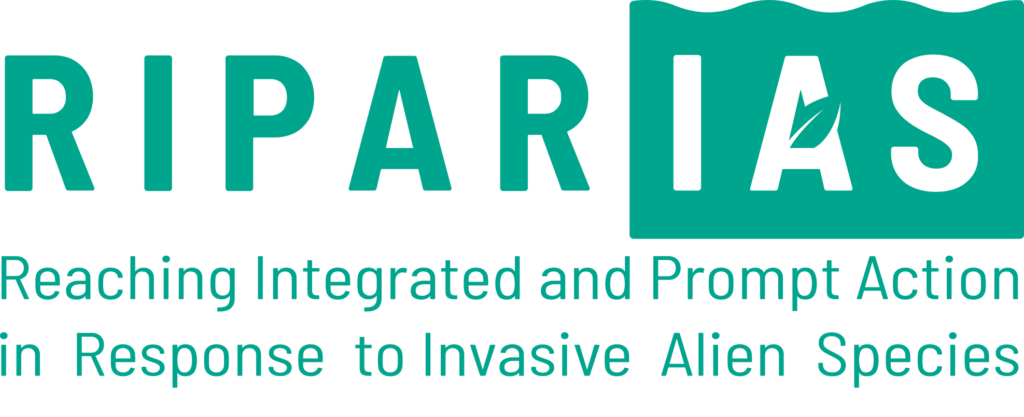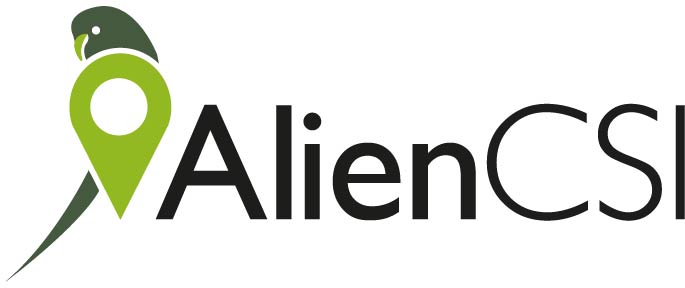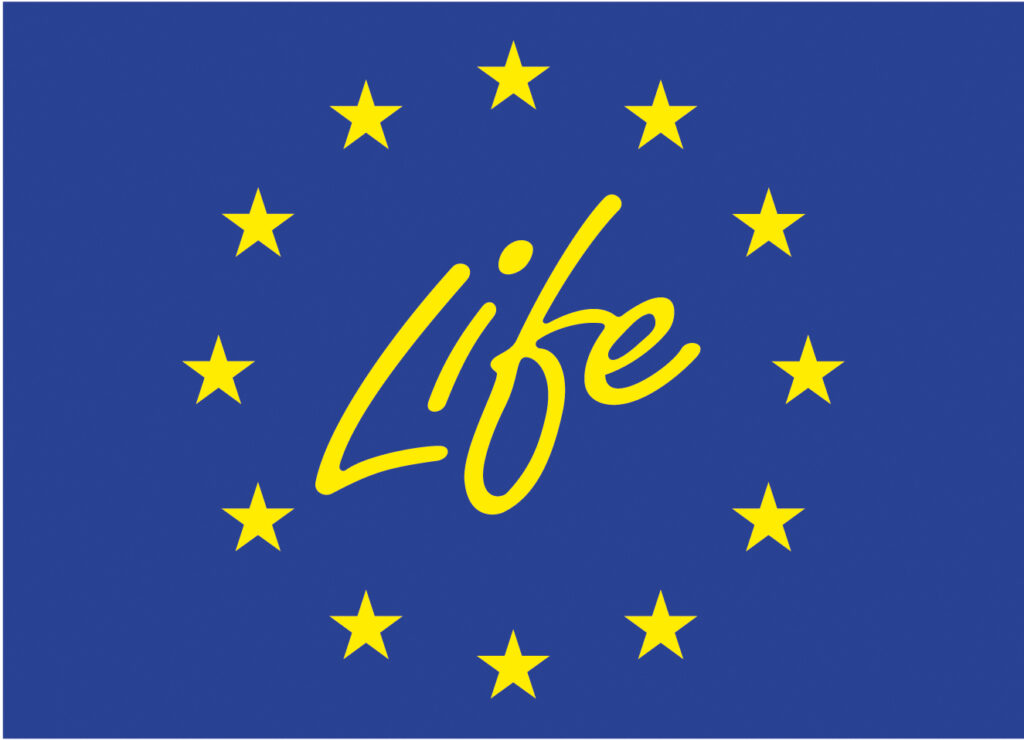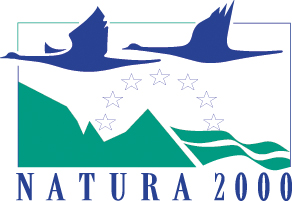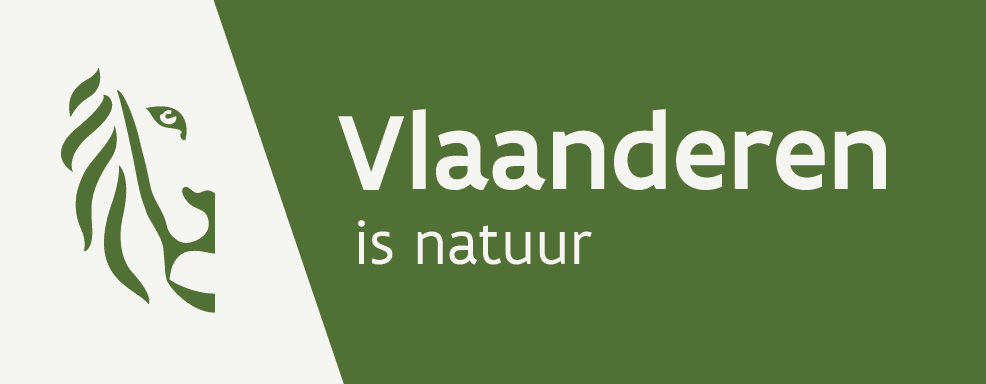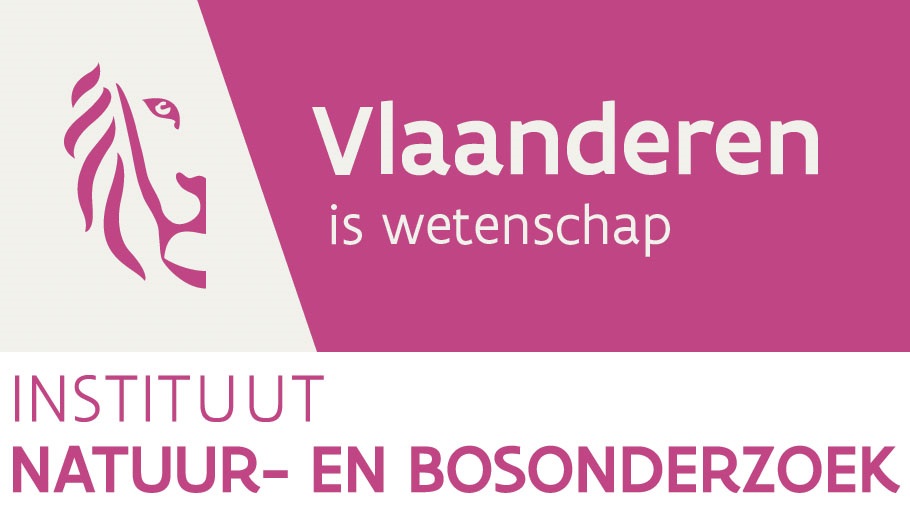Powder Blue Isopod
Porcellionides pruinosus
“Species In The Spotlight” by Pallieter De Smedt, president of Spinicornis (the Belgian woodlouse working group) and researcher at the Forest & Nature Lab of Ghent University. I’ve been looking for little bugs all my life, but especially the last five years I’ve been looking for woodlice. After all, these animals are very important to nature, but undervalued by most people.

Why do you want to put this species in the spotlight?
The Powder Blue Isopod is a species that we know very little about because it is almost only found in gardens. Gardens are often difficult to survey because of course you always need permission from the owner to sample. Powder Blue Isopods lives mainly in compost heaps. There it not only performs very useful work as a first step in the breakdown of your garden waste, but it is also a good indicator of the quality of your compost. The bugs are mainly found in compost heaps that have a good variety of fruit and vegetable waste and tree leaves. These are compost heaps that provide good compost. Hence, an ideal species to be on the lookout for during #HOMEsafari.
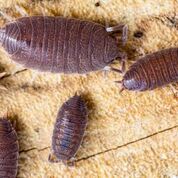
Where does this species hide?
Mainly in gardens and more specifically in compost heaps or other places with a lot of dead organic material. You can find them best on the division between drier and damp material. Sometimes they are present in very large numbers.
How can you recognize the species?
Powder Blue Isopods are readily recognized by the purple-gray frosting on their body. As if they were dusted with flour. The antennae are also alternately colored white and gray. This distinguishes the species from other native species.
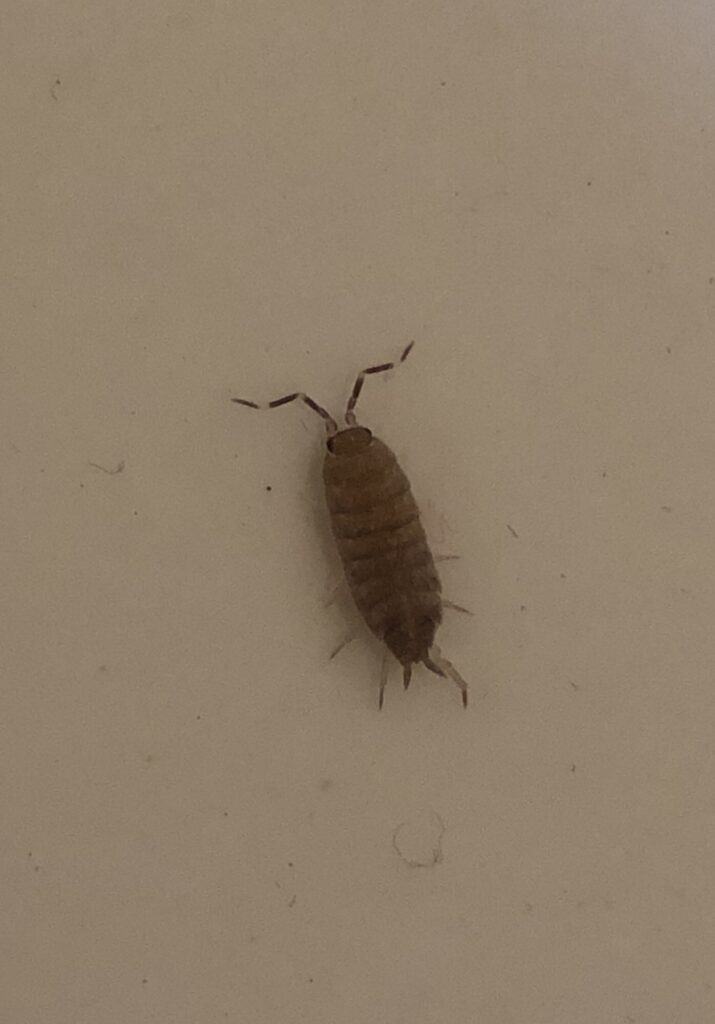
For more information on the Powder Blue Isopod go to:
